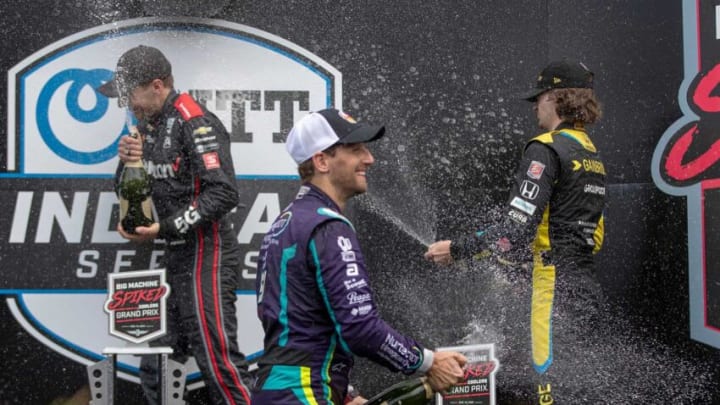Formula 1 vs IndyCar: What’s the Difference?
By Joe Capraro

Engines and Drivetrains
While both propulsion systems are quite advanced when compared to those in the cars we drive, the IndyCar version is much closer in form and function to what is found in commercially available vehicles.
IndyCar engines are limited to 2.2 liters of displacement, and both Honda and Chevrolet have arrived at a twin-turbo V6 format to maximize power.
And they have done just that, as both engines put out about 700 hp from a motor about the size of a Toyota Camry’s. All of this energy runs through a uniform six-speed manual transmission made by Xtrac.
And while IndyCar engines have sophisticated control systems for fuel delivery, communication, and handling control, Formula 1 cars are marvels of electronic engineering at the very forefront of industrial technology.
The engines themselves are tiny – at just 1.6 liters, smaller than the one in a Chevy Cruze. But the turbo hybrid powerplants are supplemented by two energy recovery and boost systems; one harvests power generated under braking, the other from the heat put out by the turbocharger.
F1 transmissions feature eight forward gears plus reverse, and like IndyCars have a clutch paddle on the steering wheel. In both the driver’s feet are separated and fairly immobile, so the right goes on the accelerator and the left on the brake, and there they stay until race’s end.